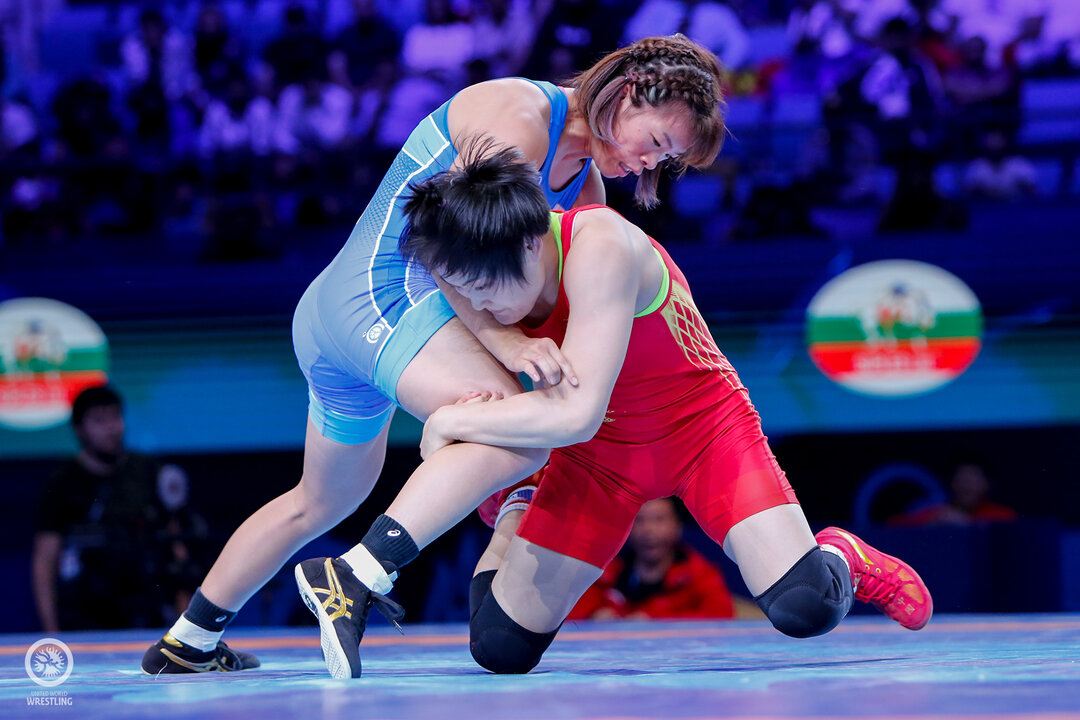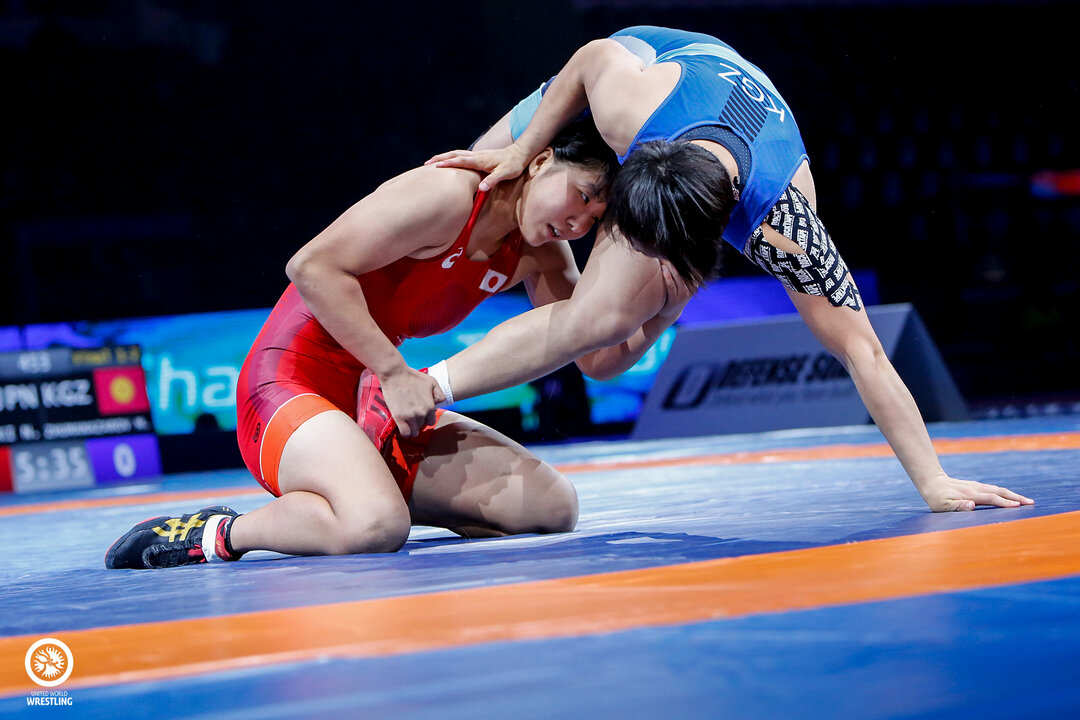Mijain Lopez: Too Big to Fail
Sunday, August 1, 2021 - 12:41 By Tim Foley

CHIBA, Japan (August 1) -- Barrel-chested and arms the width of a subway tunnel, one might gaze up Riza KAYAALP (TUR) and wonder if any wrestler (nay, human) could come in a more menacing and powerful package.
For those eying the Turkish mammoth as he stomped onto the semifinal mat Sunday at the Makhuari Messe it would seem as though he was a man above comparison.
And in the brief moments between Kayaalp taking the center mat and the entrance of his opponent, he was -- the Turk oversaw his domain with a glinty-eyed confidence.
Enter Mijain LOPEZ (CUB). The 6'5" 300 lbs. of Cuban muscle is arranged in a Addonis-adjacent melange of utility, grace, and fearsome size, with proportions that are simply Frankensteinian.
A man should not be that large. He should not move like that.
And yet there he comes, a slight jog up the stairs and arrives on the evening's competition platform. The legend from Cuba. The most feared human to compete in a sport dating back to 5000 BC in a graceful pre-battle canter.
The Cuban grappler falls momentarily still in front of his longtime Turkish rival as the referee takes his position. He's motionless and from below he seems to be blocking the house lights of the Makuhari Messe and casting the now-diminutive Kayaalp in a shade of gray.

At stake in this match is a trip to the Olympic finals, but for Lopez a win will also mean the opportunity to grasp an achievement beyond belief - a fourth Olympic gold medal in Greco-Roman wrestling.
Aleksander KARELIN (RUS) was the last man to attempt to win a fourth gold medal in Greco-Roman wrestling, stepping onto the finals mat with Rulon GARDNER (USA) in the 125kg finals in Sydney. Equally skilled and as well-proportioned a wrestler that had yet existed, Karelin was tragically fell by the then-unknown American and denied his opportunity at a perfect career and a triumphant fourth gold.
To Lopez, Kayaalp is known and he is well-respected. They've been battling each other for more than a decade.
But as the whistle blew and the two men charged toward each other, it was obvious that this would be the 38-year-old Lopez's evening. A never-waning display of positioning, exertion and conditioning driven from legs with more horsepower than your uncle's Toyota.

And when it was over six minutes later, Lopez was the one with his hand raised -- a signal for him to progress to the finals, and history. After a quick gesture to the sky, the Cuban grabbed Kayaalp in an embrace, placed his hands on the Turks cheeks and kissed him on the crown of his head.
Monday Lopez will face a new opponent in the finals, an upstart Georgian who has already outperformed even the best pre-tournament prognostications. And though no win is guaranteed -- and the history of fourth efforts is rotten with failure -- the reign of Mijain Lopez seems destined for a historic finale.



 RONG Ningning (CHN) looks to finish a single-leg in the 57kg world finals against Risako KAWAI (JPN). (Photo: Gabor MARTIN)
RONG Ningning (CHN) looks to finish a single-leg in the 57kg world finals against Risako KAWAI (JPN). (Photo: Gabor MARTIN)  Naruha MATSUYUKI (JPN), a junior world champion, will wrestle at 68kg. (Photo: Kadir Caliskan)
Naruha MATSUYUKI (JPN), a junior world champion, will wrestle at 68kg. (Photo: Kadir Caliskan)
Share your thoughts.
Comments